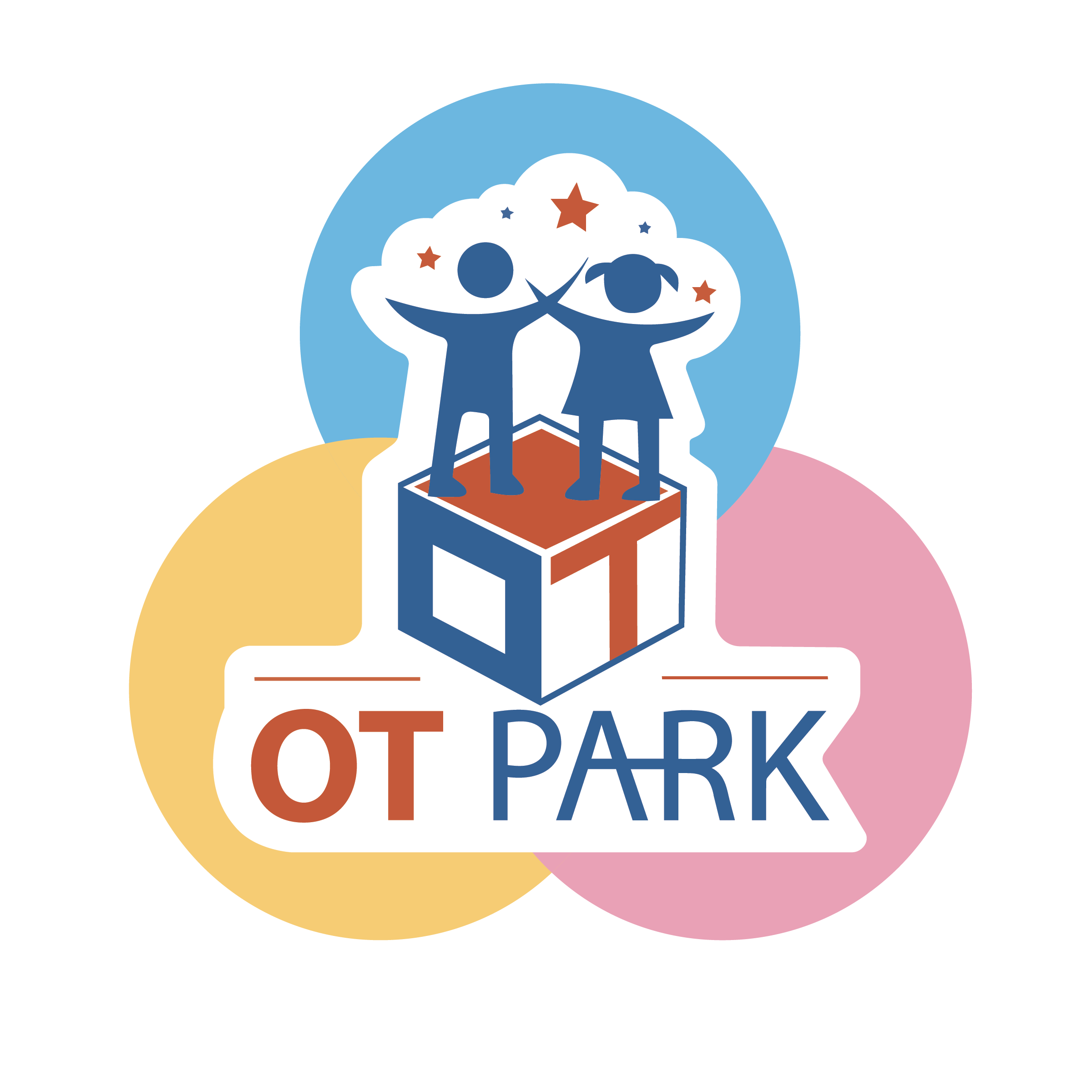Why Kids Use “Non-Words” And Tantrums? How To Teach Them To Use Their Emotions With Words?
We have all seen it, and most of us have experienced our children throwing tantrums and acting out! So why do children throw tantrums instead of just using their words?
Temper tantrums range from whining and crying to screaming, kicking, hitting, and breath-holding. They are equally common in boys and girls and usually happen between the ages of 1-3. Every child is different, some have tantrums often, and some hardly ever have tantrums but just know that tantrums are a normal part of child development.
Tantrums are how young children show that they are upset or frustrated.

Reasons Why A Child May Be Throwing A Tantrum:
- The child may be tired, hungry, or uncomfortable.
- They can’t get something that they want, like a toy.
- They get frustrated because an adult can’t understand what they want.
- The child wants to do it themselves but realizes they can’t.
- The child gets told ‘no.’
– Toddlers can’t yet say what they want, feel, or need; a frustrating experience may cause a tantrum. Learning to deal with frustration is a skill that children gain over time.
Believe it or not, tantrums are an essential part of our child’s emotional health and well-being.

10 Important Reasons Why Your Child’s Tantrum Is Actually A Good Thing:
- Better out than in – When we cry, we are literally releasing stress from our bodies.
- Crying may help your child learn – after they calm down again, they have cleared their mind after expressing their frustration and can learn something new.
- Your child may sleep better – Stress can cause a child not to be able to fall asleep and wake up from sleep. Crying and releasing that stress will allow your child to relax.
- Saying ‘No’ is a good thing – Saying no to your child sets boundaries, and they need those.
- Your child will feel safe telling you how he feels – most times; the tantrum is not because you said no; it’s them showing you how they feel about it.
- Tantrums bring you closer together – After the tantrum, hug them, show them they are loved.
- Tantrums will help your child’s behavior in the long run – Having a tantrum helps your child release the feelings that can get in the way of his natural, cooperative self.
- If the tantrum happens at home, it’s less likely to occur in public – when children are allowed to express their emotion fully, they will often choose to have their upsets at home.
- Your child is doing something most of us have forgotten how to do – They cry to release their stress and anger, and as adults, we tend to avoid crying to ‘fit into’ society.
- Tantrums are healing for you, too – Staying calm takes practice, but when we manage it, we are literally rewiring our brains to become calmer, more peaceful parents.
What Should You Do During A Tantrum?
The most important thing to do during your child’s tantrum is to stay calm; if you get upset and angry, it will only make the situation worse. Everyone’s child needs different reactions, so know your child and what they need from you.
Sometimes it is best to ignore the tantrum! If you ignore it, they realize that they will not get your attention when they throw a fit.
After a tantrum, the most important thing is to praise your child for calming down and hug your child, reassure them that they are loved, no matter what.
Helping Your Child Learn How to Express Their Feelings
Young children have a hard time identifying how they are feeling and how to express those feelings appropriately. The first step is to help your child identify their own emotions and why they feel that way.

Here are 10 ways to help your child express their feelings:
- Use Words or Illustrations – Explain the feeling to your child by using easy words they can understand. Using picture books is a great way to illustrate feelings.
- Teach Your Child Sign Language – This gives them tools to express their wants and needs.
- Help Them Find A Solution – Teach your child different ways to deal with feelings and allow them to come up with solutions.
- Encourage with Praise – When you see your child positively expressing their feelings, always praise them.
- Practice – Practice strategies for expressing emotions by talking about feelings during daily life.
- Name the Feeling – Help your child give their feelings labels.
- Identify Feelings in Themselves and Other – Describe emotions they see around them.
- Accept Your Child’s Feelings – they will feel like you understand them, and that will help them cooperate with you and make them feel better.
- Listen to Your Child’s Feelings – They need to feel like you care.
- Talk About Others Feelings – When your child is upset about something that involved another child, talk about your child’s feelings, but also discuss how the other child may be feeling.

Children just want to feel loved and understood. Remember, when your child isn’t calm, your NUMBER #1 JOB IS TO STAY CALM!
Do you love these ideas/activities and want more of them? You can have a box with age-appropriate activities that are developmentally correct and pediatric designed, shipped right to your door! Click the link below to get your box now!
Share on facebook
Facebook
Share on twitter
Twitter
Share on linkedin
LinkedIn
Share on telegram
Telegram
Share on whatsapp
WhatsApp
Share on pinterest
Pinterest
Share on tumblr
Tumblr
Share on google
Google+
Get your box



